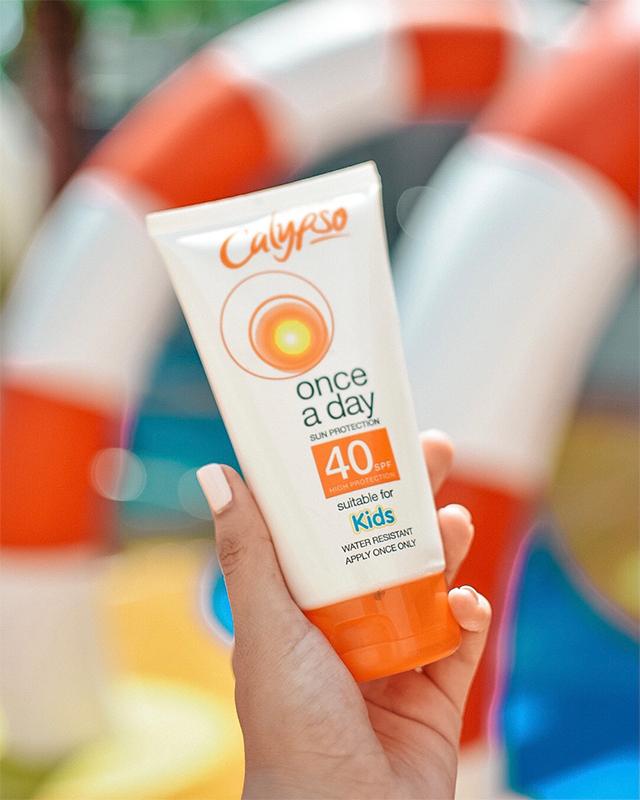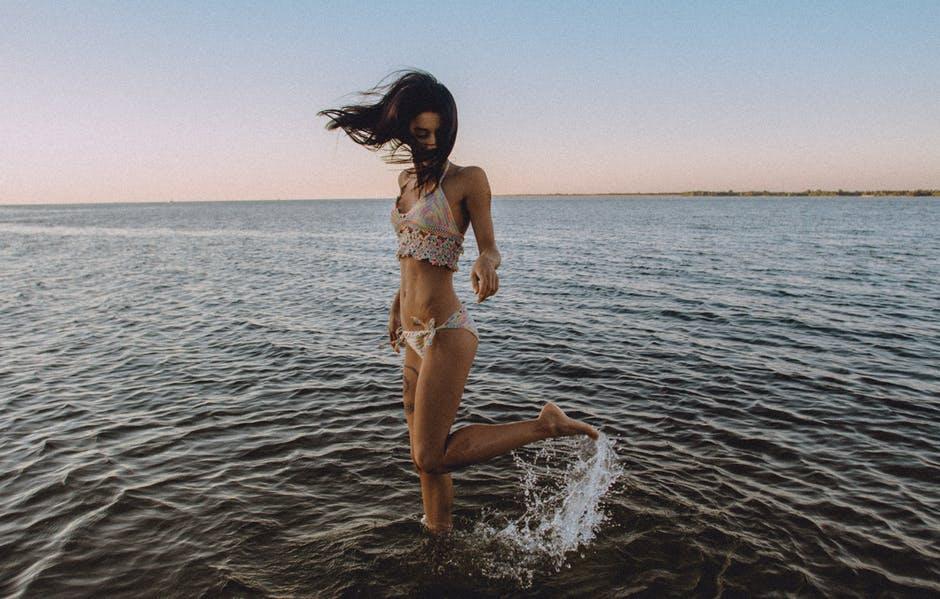Of course you can.
Clouds dont prevent all UVA / UVB radiation from reaching the earths surface. They are not a shield to UV rays. They may reduce or at times intensify radiation depending on circumstances. However, all-in-all; they are and never will be a shield to UV radiation.
Most people think they know about sun protection but there are many myths out there. We receive questions regularly from consumers who want to better understand the implications of poor sun protection. At times, the questions are genuinely worrying:
Do I need to apply sun cream if Im in the water for most of the day?
Im going hiking tomorrow so do I need sun cream as its forecast to be cloudy?
Does an SPF30 mean I can play in the sun all day?
The best came on a recent visit to my local store. I overheard a member of staff explaining how SPF30 actually means you need to be 30 years or older to apply it! I was shocked to hear that from a member of staff. Needless to say, I intervened.
I cannot give an accurate statistic as to how many of us are educated in sun protection. However, I believe there are only two factors that separate those at risk and those who will remain safe. They are common sense and preparation.
We seem to remember our toothbrushes, hair gels and mascara, but forget a bottle of sun cream. This is just as important if not more important for your well-being.
I feel the myths are more of a hindrance in educating consumers. Therefore, Ive come up with a few tips to help dispel some of the untruths out there:
Protection from UVA radiation is only measured by a star rating
Answer: False.
In 2012, the European Standardization Organization published the Standard EN ISO 24443:2012 Cosmetics Sun protection test method for UVA protection. If the UVA level of a product is more than one third of the SPF level, it is deemed safe. This means that it can have the logo printed on the pack. The logo is a circle with the letter UVA inside.
I notice certain products also use a star rating symbol. It is important to keep in mind that this is a retailer initiative and not a European recommendation. Hence, there is more than one way to measure UVA. Keep an eye out for added value in packs, e.g. extra volume or specialist accreditations. The cost of a sun care product is not proportional to the quality of protection. Spending over £100 on sun creams will never change an SPF30 product into an SPF50. What will keep you protected is common sense and preparation.
Sun creams will always prevent you tanning
Answer: False.
Nothing will always prevent you tanning unless you stay indoors. There is even a small chance of tanning when you sit in the shade with a hat on. When our skin becomes tanned, it is ultimately a sign of skin damage. However, due to its bronzing effect and golden rich color, many consumers enjoy keeping a tan. It is a social reality we live in today.
Sunburn on the other hand is the biggest danger to our skin. It is essential for consumers to understand the difference between tanning and burning. Sun creams are primarily made to prevent sunburn as they are protection products. Sunburn can be avoided by using higher SPF products.
Sun cream isnt important when its cloudy
Answer: False.
Clouds dont offer any genuine protection against the suns UV rays when it is hot, so sun cream is necessary.
Sun creams do not go out of date
Answer: False.
Sun creams and cosmetics in general do go out of date. There is a shelf life and it should be followed. On most cosmetics look out for the jar logo. This will indicate the number of months the product will last for after opening it. For example 12M is 12 months after opening. Sun creams are usually between 12 and 24 months.
Sun care products can change in texture and colour if they go out of date so keep an eye out for this too.
The higher the price, the better the protection
Answer: False.
As a statement, one cannot be any further from the truth. Our Once a Day SPF30 Sun Lotion only costs £15.99, but it has passed all the relevant tests. It provides the same level of protection as other more expensive brands.
Stay in the water and you wont burn as much
Answer: False.
Swimming pools, water parks and the sea can all play a great part in your summer holidays. However, you need to remember that water is not a protector of UV radiation. In fact, some say it intensifies the rays but either way, it does not protect the skin from UV rays.
The mistake made by many is because when immersed, it cools us and we cant feel the burning sensation. I can tell you that this quite simply isnt true. It does and you should always purchase water resistant products if you are planning to swim.
To be extra safe, take a T-shirt and shorts with you wherever you go.
Keep these at the forefront of your mind and stay safe in the sun this summer.

